1. Dress Codes Were Strict and Non-Negotiable

If you went to school in the ‘60s, there was no getting around the dress code. Boys were expected to wear slacks and button-up shirts, while girls donned dresses or skirts, usually paired with knee-high socks. Jeans were often frowned upon as too casual, and heaven forbid a girl’s skirt was too short! Schools believed that neat attire reflected discipline, and violations could result in stern reprimands or even being sent home. Compared to today’s more relaxed rules, ‘60s dress codes feel like a different world.
2. Chalkboards and Erasers Were Everywhere

Back in the ‘60s, the classroom wasn’t complete without a giant chalkboard at the front. Teachers would write out lessons in chalk, and students often took turns cleaning the erasers by clapping them together outside. It was messy but oddly satisfying to see clouds of white dust fly out. Of course, chalk dust filled the air, and it wasn’t uncommon for kids to leave class with hands covered in white smudges. Nowadays, we have whiteboards and interactive screens, but back then, chalkboards were the hub of all learning activity.
3. Corporal Punishment Was Common
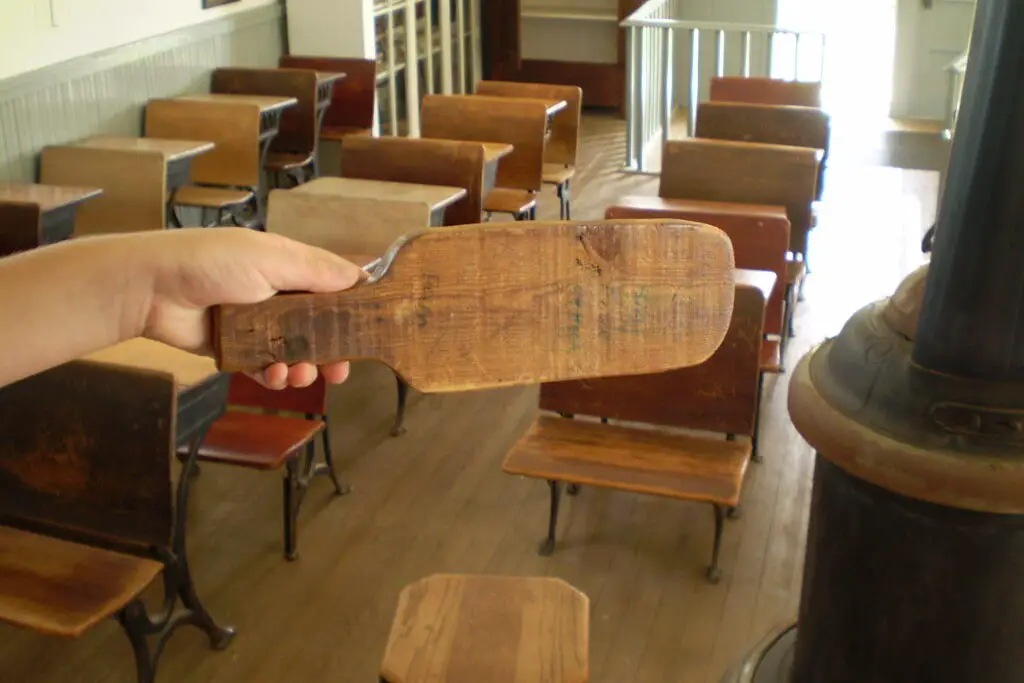
Discipline in the ‘60s wasn’t just about writing lines or getting detention. Many schools still used corporal punishment, like paddling, to keep kids in line. Teachers often kept a paddle hanging in plain sight as a reminder to behave. While it was controversial even then, most parents accepted it as part of the educational experience. Kids who stepped out of line often dreaded that walk to the principal’s office, knowing what might be waiting for them.
4. Slide Rules Were the Ultimate Math Tool
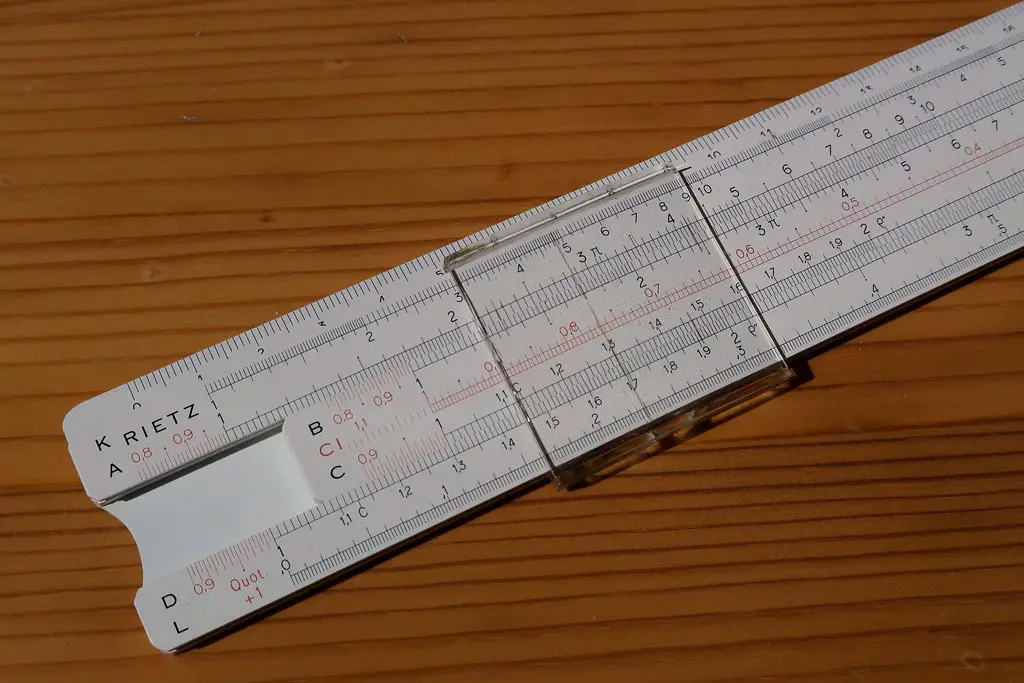
Before calculators became widely available, students relied on slide rules to tackle complex math problems. These mechanical devices looked like rulers but had sliding parts to help with multiplication, division, and even trigonometry. Mastering the slide rule was almost a rite of passage for ‘60s students, especially those in high school. While it took some practice, it gave kids a hands-on way to understand math. It’s hard to imagine doing advanced calculations without the convenience of modern gadgets!
5. Lunchtime Meant Homemade Sandwiches
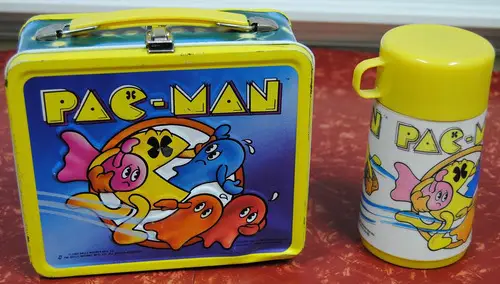
In the ‘60s, school lunches didn’t revolve around fancy cafeterias or hot meal programs. Most kids brought brown bag lunches packed by their parents, filled with sandwiches, fruit, and maybe a cookie or two. Peanut butter and jelly was a staple, along with bologna or egg salad. Milk came in small glass bottles, not cartons, and trading snacks was a lunchtime ritual. Lunch felt simpler back then, but it was also a daily reminder of home.
6. Filmstrips Were the Height of Technology
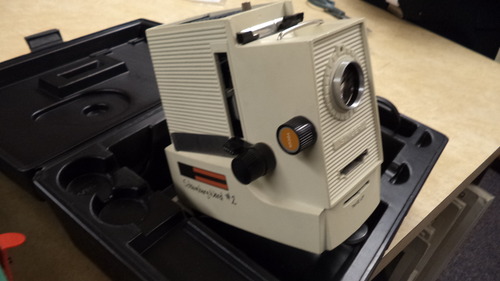
When the classroom lights dimmed and the filmstrip projector came on, it was a big deal. Teachers would roll out a projector and show educational films on everything from history to science. Students took turns advancing the filmstrip frame by frame with a beep sound signaling when to move forward. It was the closest thing to interactive learning, and kids loved the break from traditional lectures. Though the films were often grainy, they brought lessons to life in a way books couldn’t.
7. Typing Classes Were a Must
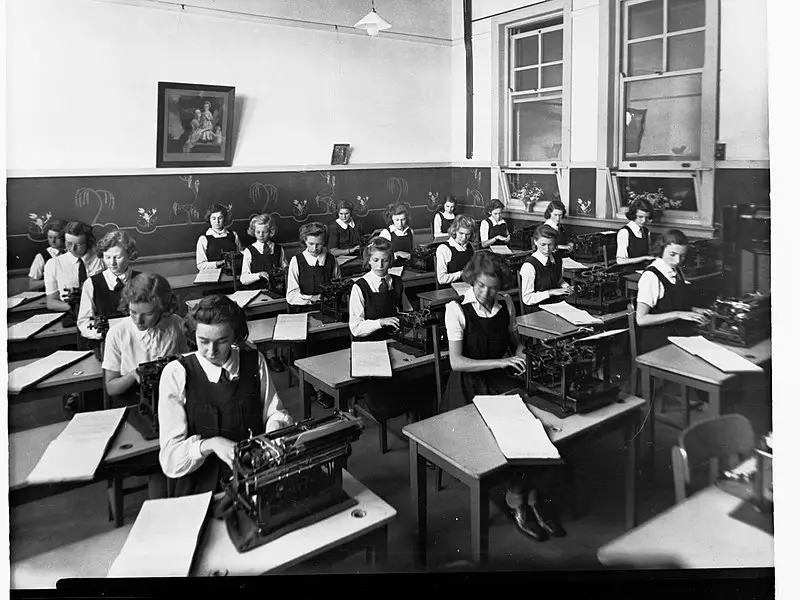
Learning to type was considered an essential skill for high school students in the ‘60s. Classes were filled with the rhythmic clacking of manual typewriters, as students practiced typing drills over and over. Accuracy mattered just as much as speed, and mistakes were erased with correction tape or fluid. It wasn’t just about office work; being able to type quickly was seen as a ticket to better job opportunities. Today, typing feels second nature thanks to computers, but back then, it was a craft all its own.
8. Gym Class Was All About Calisthenics
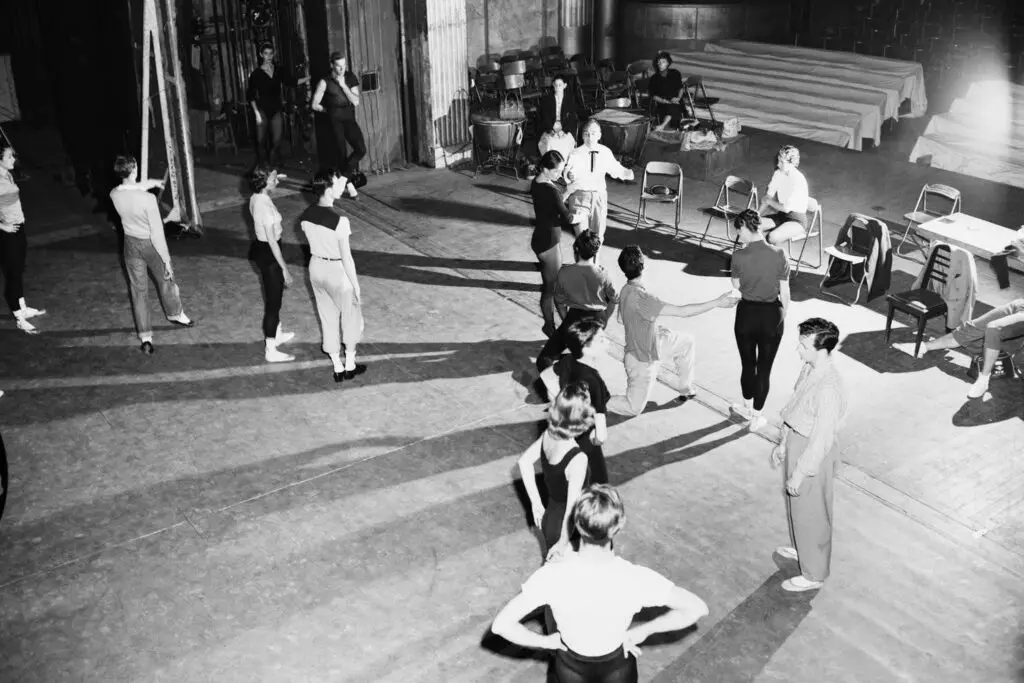
Physical education in the ‘60s didn’t feature elaborate fitness machines or modern sports programs. Instead, it focused on calisthenics—think push-ups, jumping jacks, and sit-ups. Dodgeball and rope climbing were also staples of gym class. Teachers pushed kids to build strength and endurance, often with military-like drills. While it wasn’t everyone’s favorite part of the day, it instilled a sense of discipline and teamwork. Gym uniforms, usually plain and functional, added to the no-nonsense vibe.
9. Library Cards Were Golden Tickets
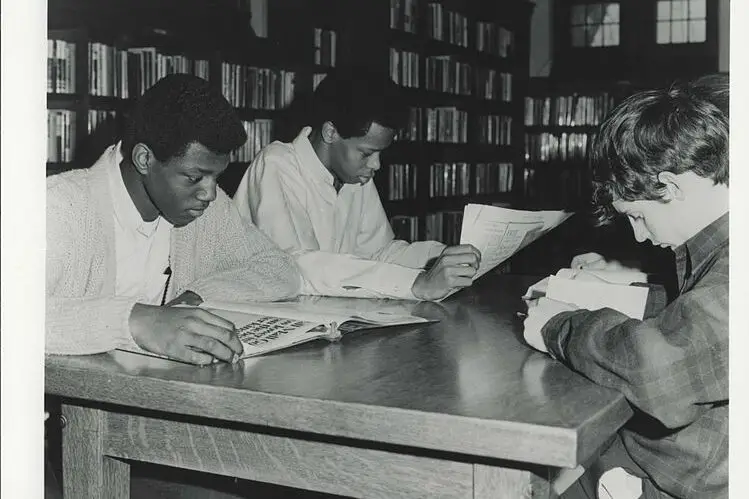
The school library was a treasure trove of knowledge, and having a library card was like holding a golden ticket. Research for assignments often meant poring over encyclopedias and card catalogs, flipping through index cards to find the right book. Kids spent hours in quiet study corners, immersed in stories or looking up facts. There was no Googling back then, so knowing your way around the library was a skill in itself. The smell of old books and the thrill of discovery made it a special place.
10. Class Field Trips Were Simple but Memorable
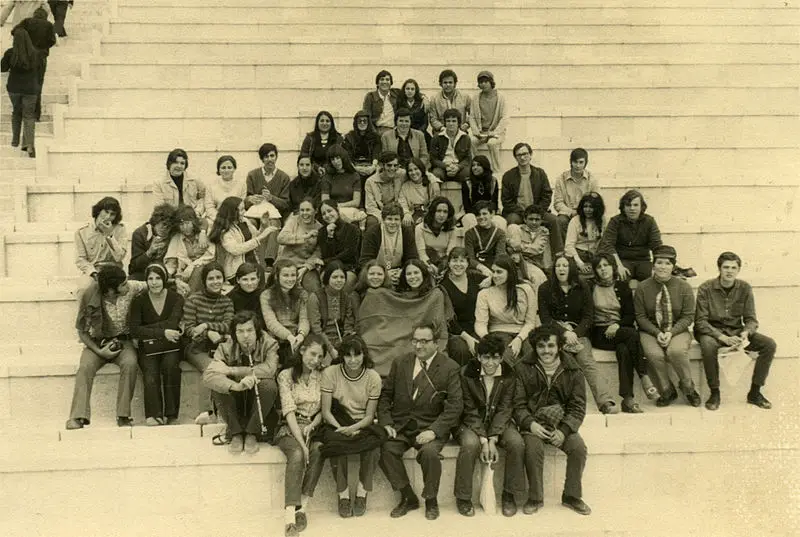
Field trips in the ‘60s didn’t involve high-tech science centers or amusement parks. Instead, schools took students to local landmarks, museums, or even nearby factories to see how things were made. These trips were low-budget but often eye-opening, giving kids a chance to explore the world beyond the classroom. Packed lunches and chaperoned bus rides added to the adventure. The simplicity didn’t make them any less exciting—they were cherished moments for many kids.
11. Music Class Was All About the Recorder
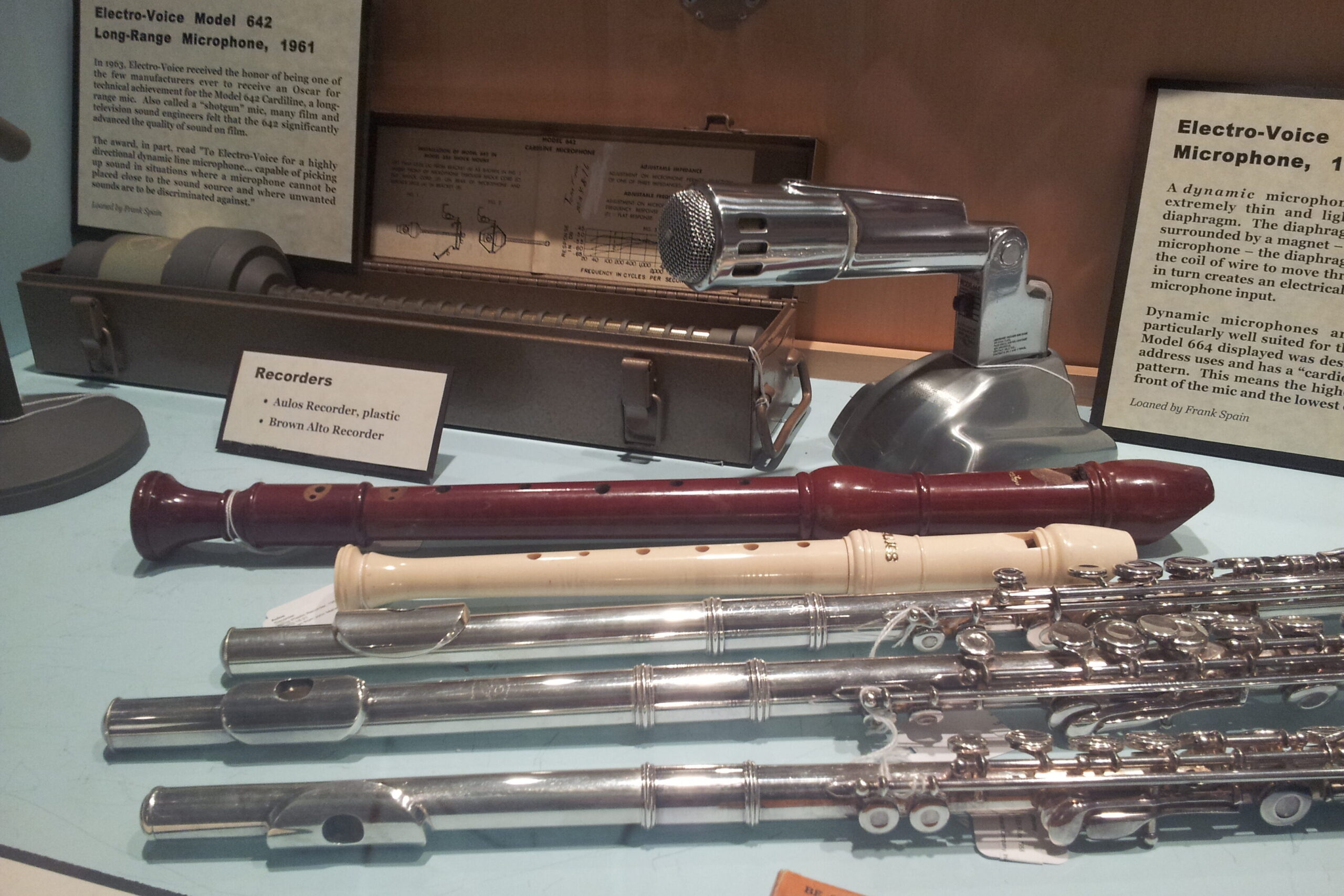
For many kids in the ‘60s, their first introduction to music came through the recorder. These plastic wind instruments were inexpensive and easy to play, making them perfect for school music programs. Students learned basic melodies like “Hot Cross Buns” and performed in front of proud parents during school recitals. While not everyone enjoyed the shrill sound of a beginner’s recorder, it was a rite of passage that introduced kids to the joy of making music.
12. Morning Assemblies Were a Daily Ritual
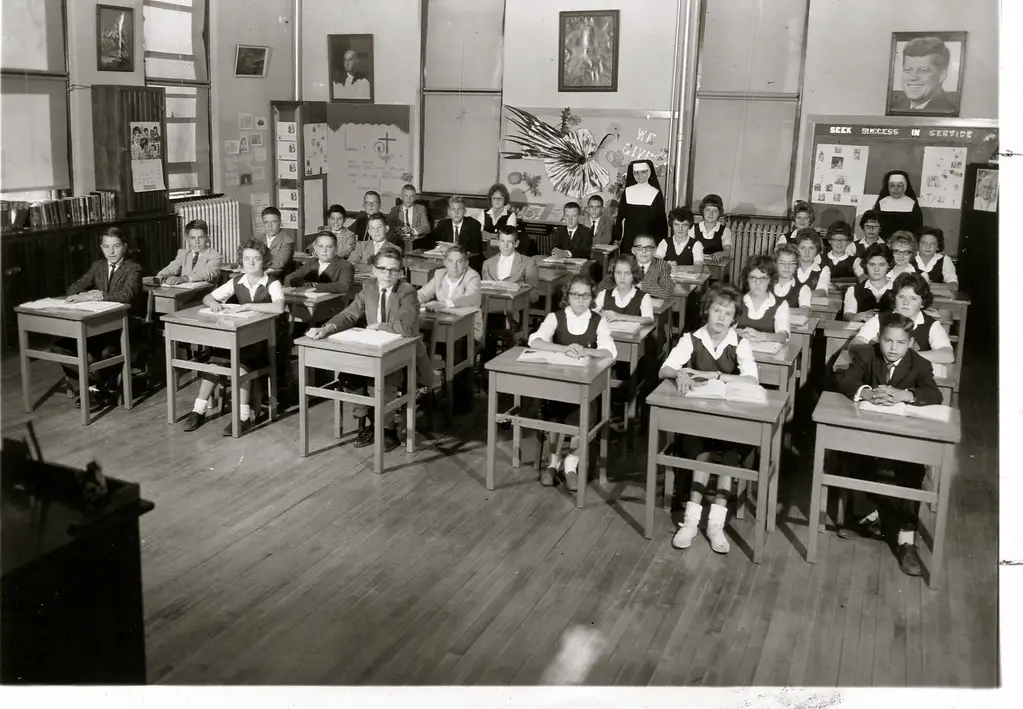
Every school day in the ‘60s often started with a morning assembly. Students gathered in the gym or auditorium to recite the Pledge of Allegiance, sing patriotic songs, or listen to announcements. Assemblies also included awards or motivational talks, setting the tone for the day. It was a way to bring the entire school together and instill a sense of community. Today, the tradition has faded in many places, but for ‘60s kids, it was a cornerstone of school life.
